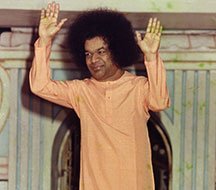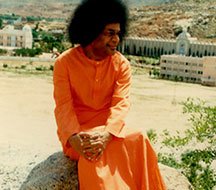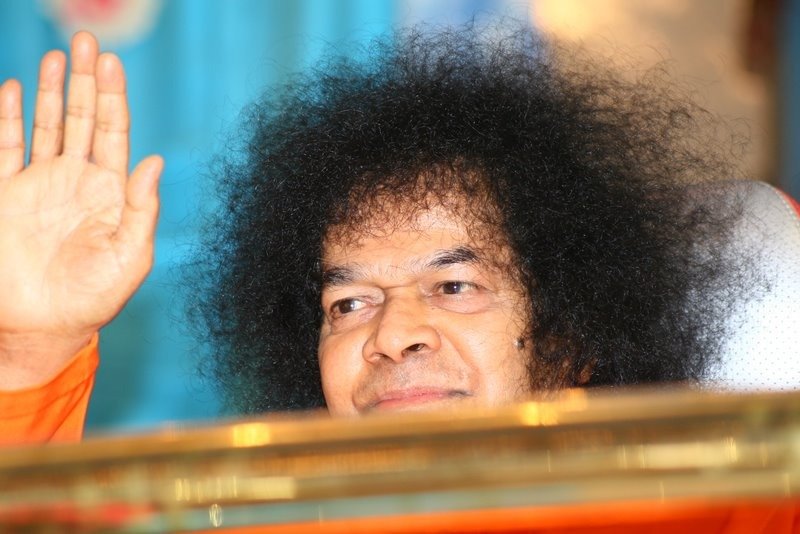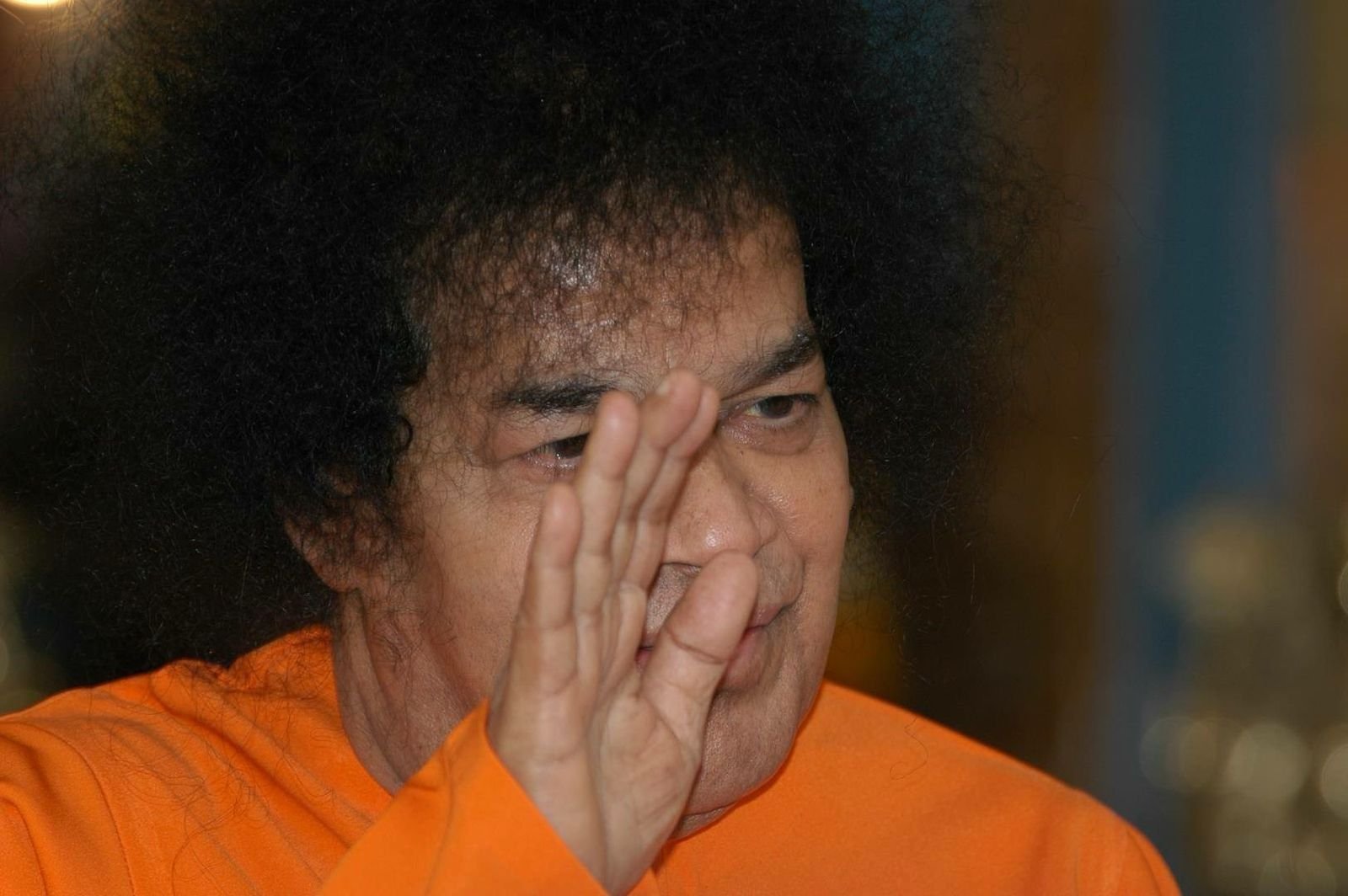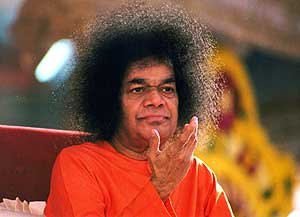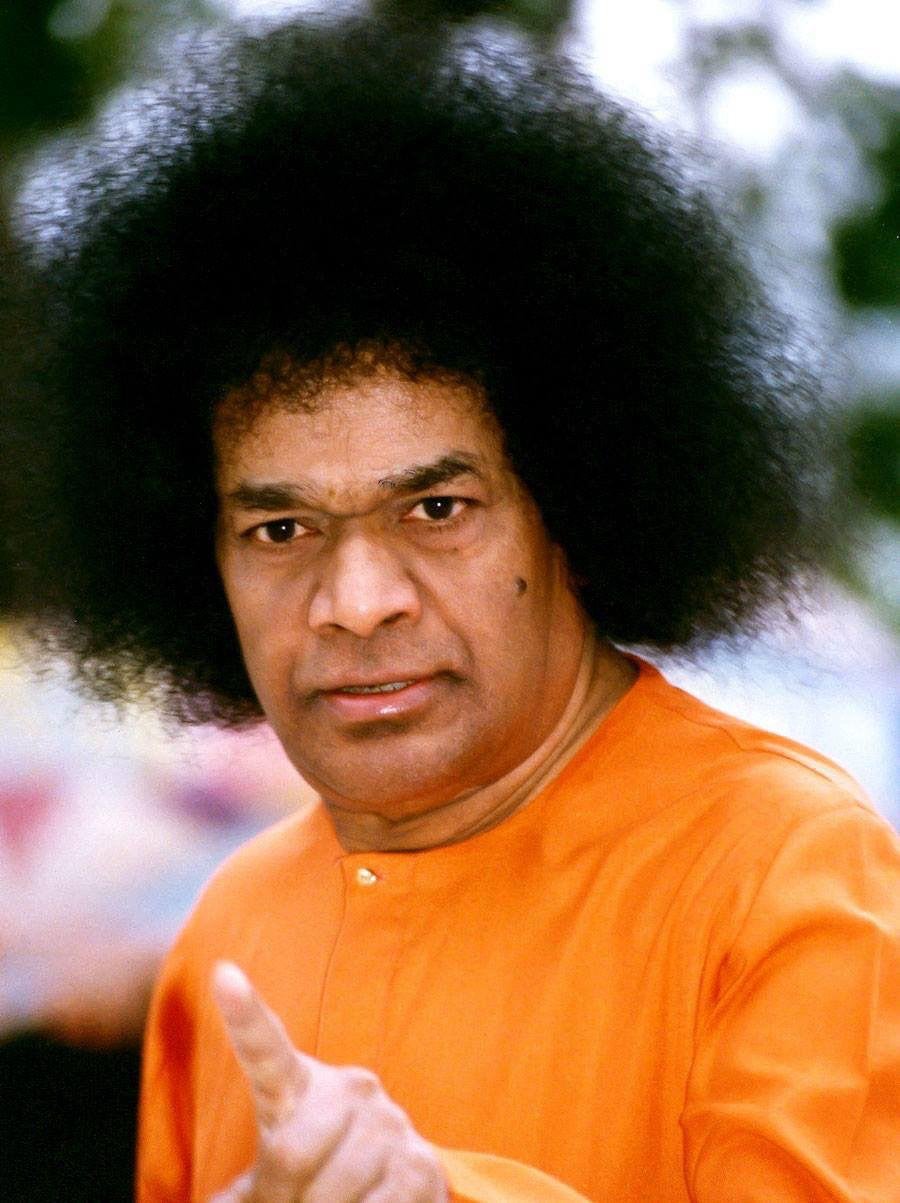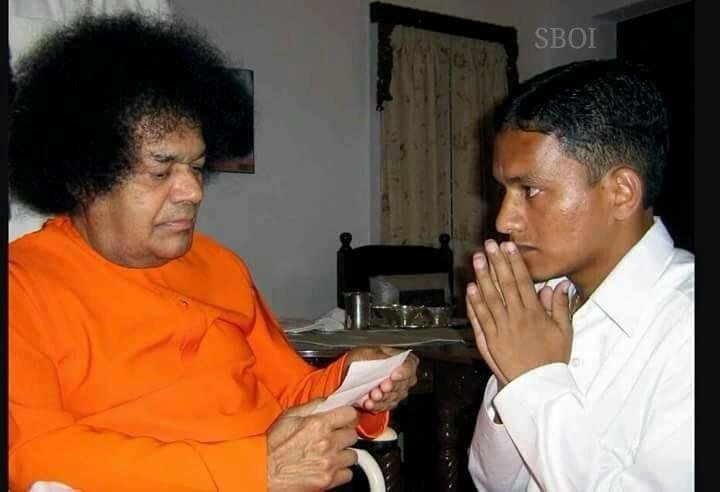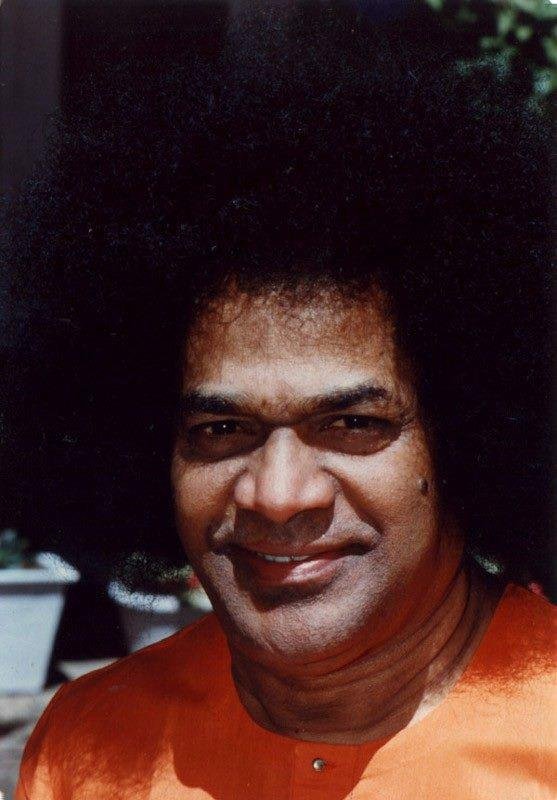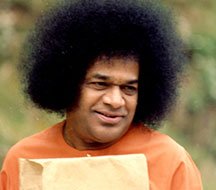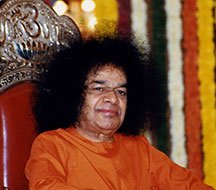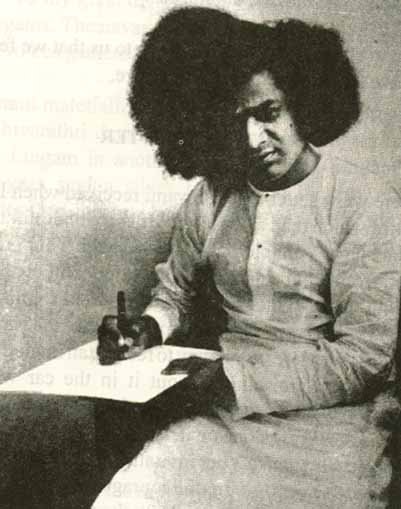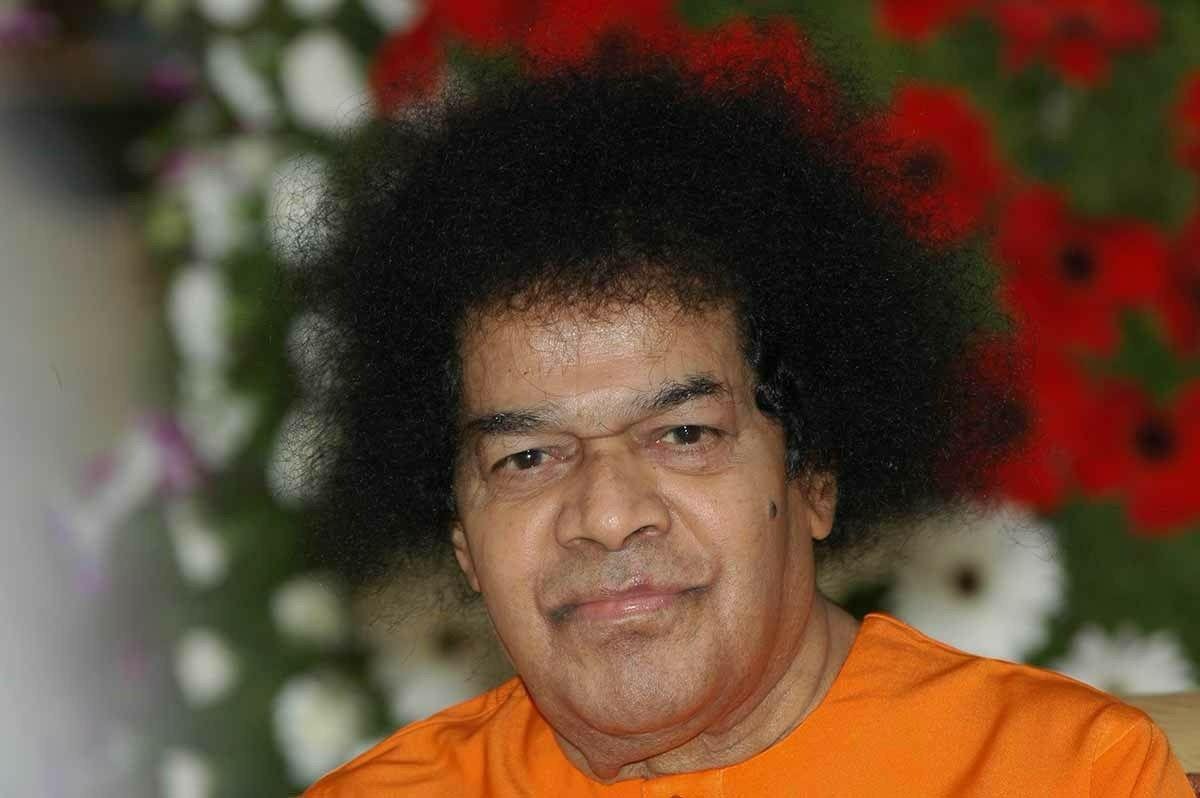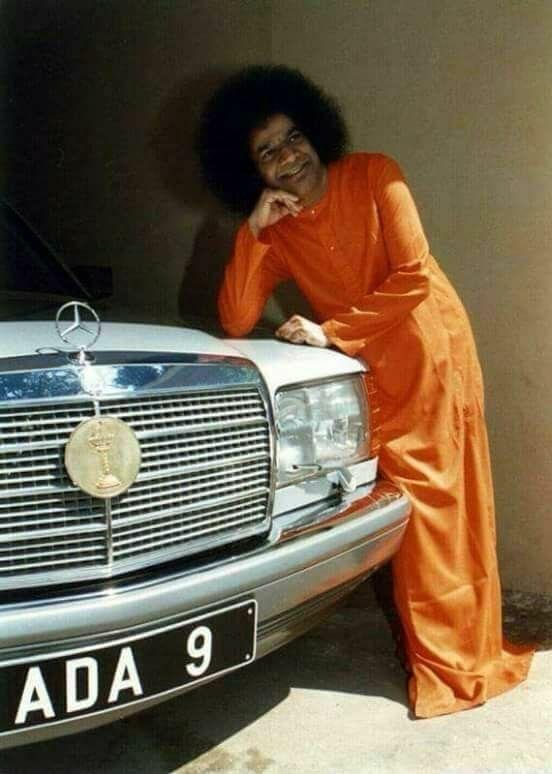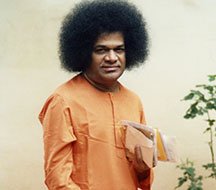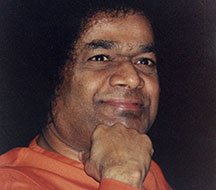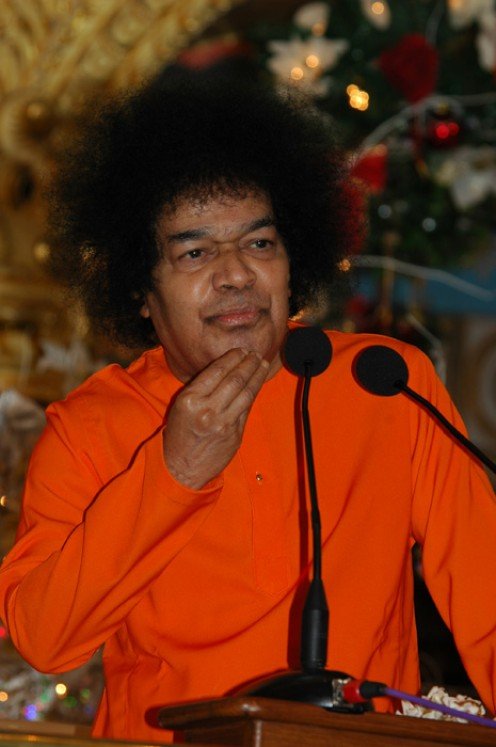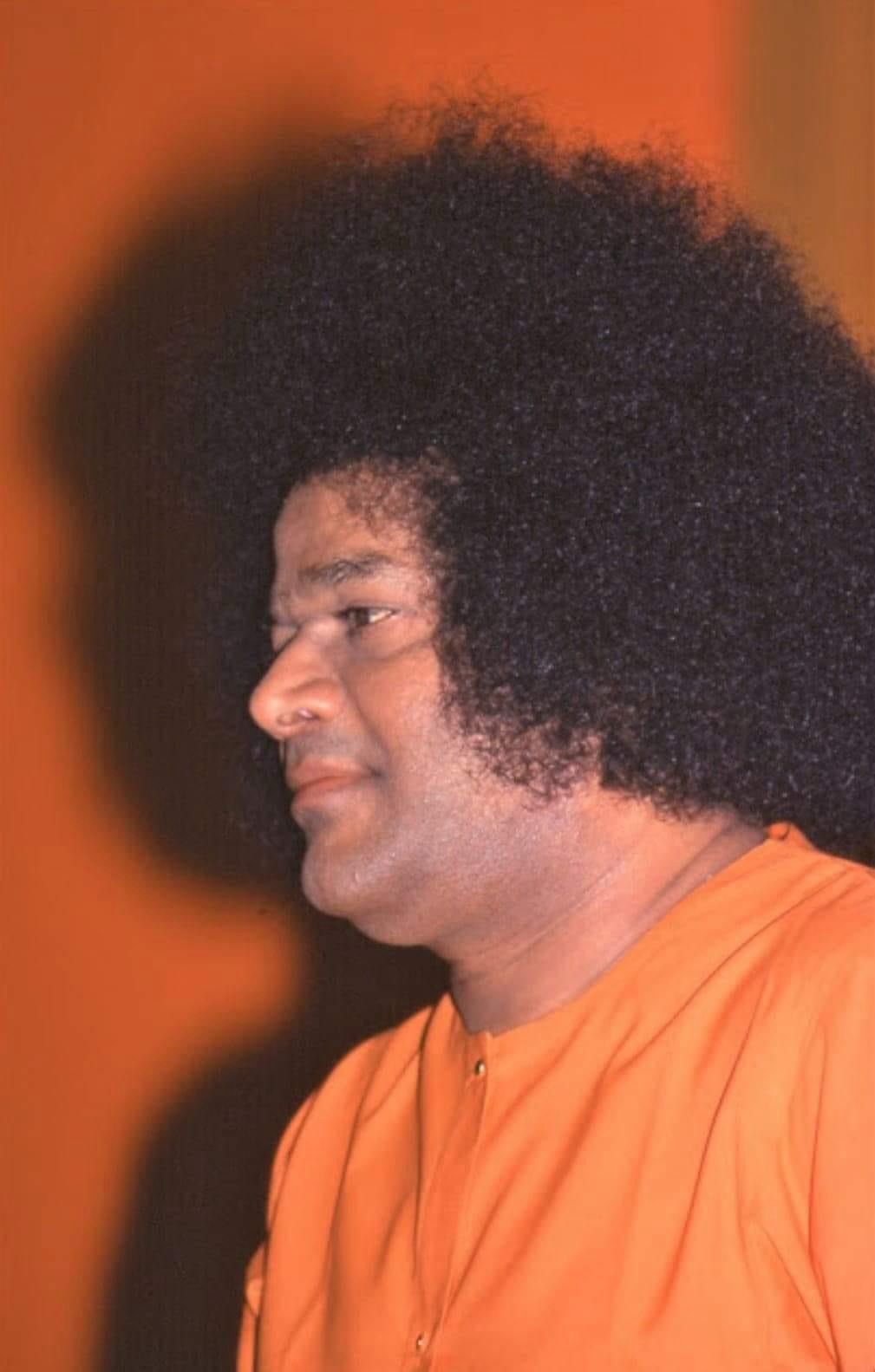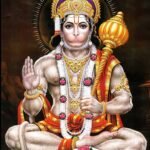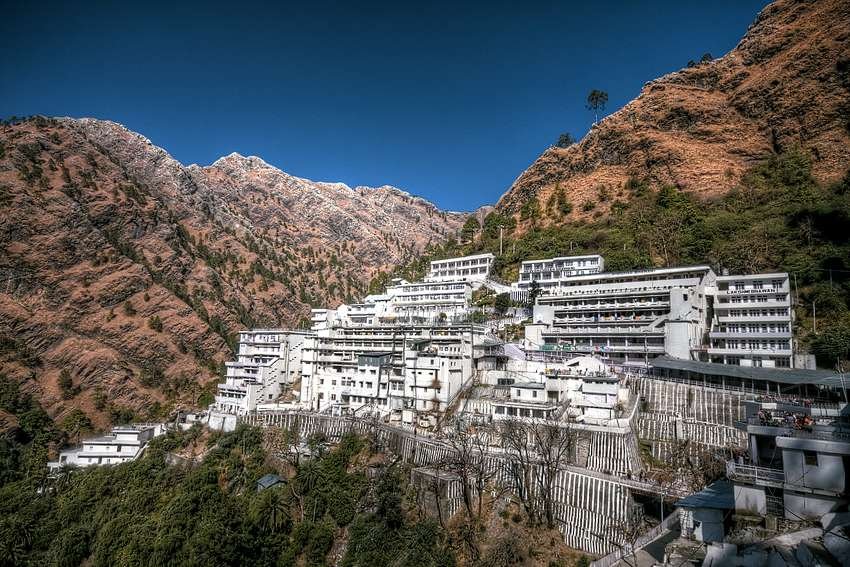
The temple attracts millions of pilgrims every year and is considered one of the holiest Shakti Peethas in India.



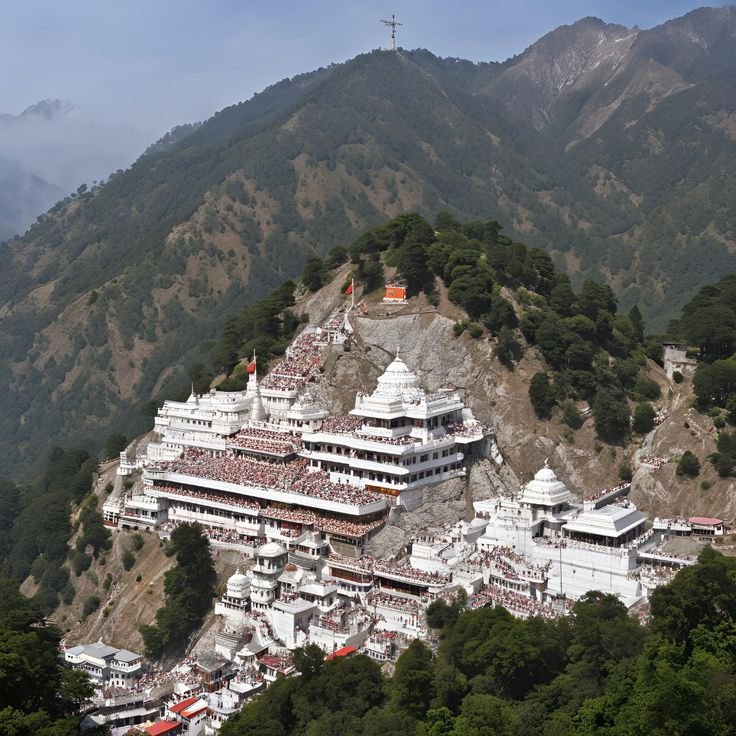


Architecture of the Temple

The entire temple area and path have been designed keeping ecological sustainability in mind, with solar lighting, rainwater harvesting, and green zones..
The Holy Cave (Garbh Griha):
The main sanctum is a natural rock cave, about 98 feet long, located at an altitude of approximately 5,200 feet.
Inside the cave, three natural rock formations (Pindis) represent the three goddesses—Maha Kali, Maha Lakshmi, and Maha Saraswati. These are self-manifested and not man-made idols.
Darshani Darwaza:
This is the main entrance to the yatra route and marks the beginning of the spiritual journey. It is said that the Goddess first revealed herself at this point.
Bhawan Complex:
The temple complex at Bhawan includes the main shrine, queue halls, cloakrooms, medical facilities, and accommodation blocks for pilgrims.
The entire complex has been modernized by the Shri Mata Vaishno Devi Shrine Board (SMVDSB) with improved infrastructure for crowd management and safety.
Pathway and Tunnel Systems:
Due to the high number of pilgrims, new tunnels and parallel paths have been constructed to facilitate smoother entry and exit.
The new cave route is used during peak times or difficult weather, while the original cave is opened during lean periods for traditional darshan.
How to Reach to Temple
By Train:
- Nearest Railway Station: Shri Mata Vaishno Devi Katra Railway Station (SVDK)
- Connectivity: Well-connected to major cities like Delhi, Mumbai, Chennai, Kolkata, Ahmedabad, and more.
- From the station, auto-rickshaws, buses, or taxis are easily available to reach Ban Ganga, the starting point of the trek.
✈️ By Air:
- Nearest Airport: Jammu Airport (IXJ) – about 50 km from Katra.
- Flights Available From: Delhi, Mumbai, Bangalore, Chandigarh, Amritsar, etc.
- From the airport, take a taxi or bus to reach Katra.
🚌 By Road:
- Katra is well connected by road to:
- Jammu (50 km)
- Udhampur (25 km)
- Delhi (~650 km)
- State transport buses, private taxis, and Volvo services are available from Jammu and nearby cities.
🚶 From Katra to Bhawan (Temple):
From Sanjichhat, a 2.5 km walk to the temple.
Trek (12 km) – Well-maintained path with shelters, water, and medical aid.
Battery Cars – Available for elderly and differently-abled persons (pre-booking needed).
Ponies / Palkis / Pitthus – Easily available from Katra or Ban Ganga.
Helicopter Service:
Route: Katra to Sanjichhat (9.5 km)
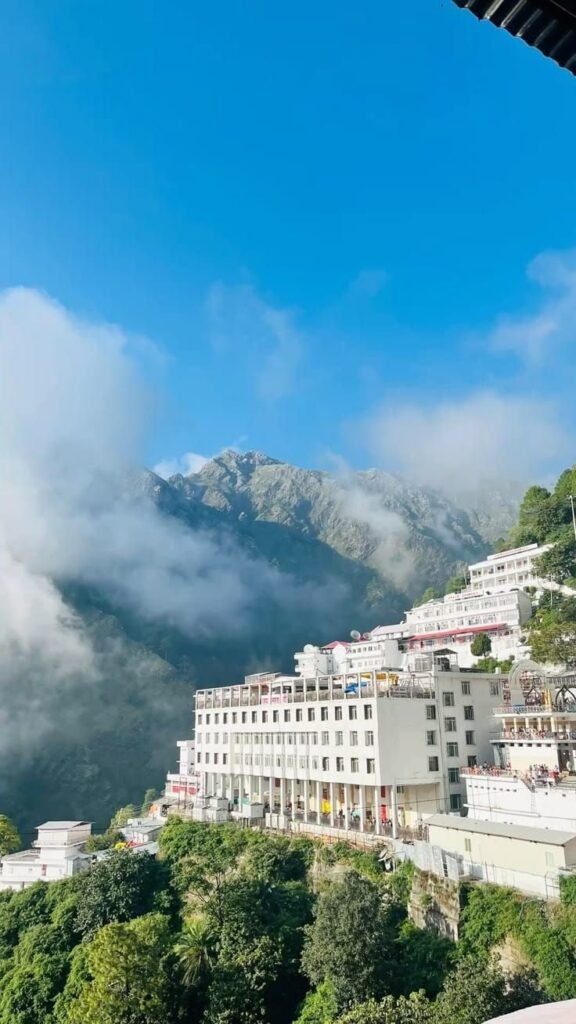
Temple Timings

The Mata Vaishno Devi shrine is open 24 hours a day, 7 days a week, throughout the year


